Interview with Christina Kwapich
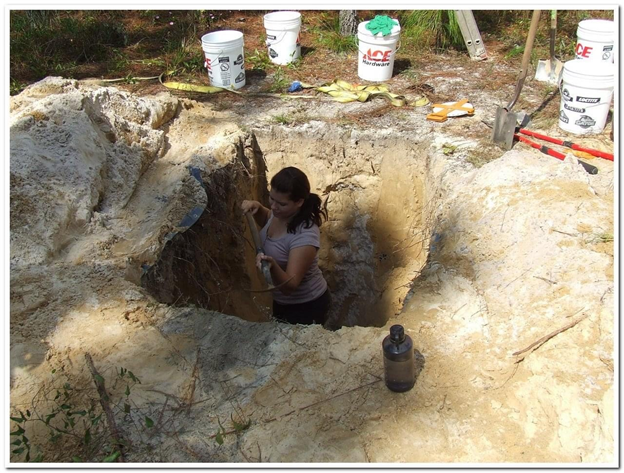
Christina Kwapich is an assistant professor at the University of Massachusetts Lowell. She is interested in the behavior and ecology of animals, and has a passion for ants, myrmecophiles (ant guests), and colony-level traits. She works, among others, with seed harvesting ants and is co-author of the recently published book “The guests of ants”. In this interview, we talk about her journey to study ants, some memorable moments, and some challenges she faced along the way.
An Interview compiled by Hoon Kang; edited by Alice Laciny and Beatriz Porthina
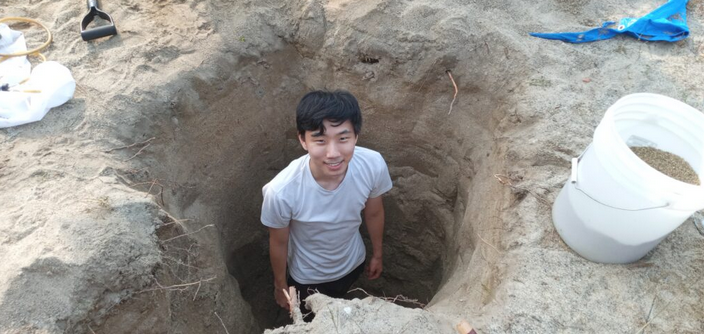
MNB: Could you tell us a bit about yourself and your research?
CK: Hi, I’m Christina Kwapich. I’m an Assistant Professor at the University of Massachusetts Lowell, where my lab focuses on ant colony organization, especially in seed harvesting ants. I study things like seasonal labor allocation, and the costs of hosting myrmecophiles. I like all the moving parts of ant societies, and I especially like to dig them up!
MNB: How did you end up studying ants? If you had not become a myrmecologist, what else would you have liked to become?
CK: I was interested in keeping and observing insects very early on, and at one point my father gave me a microscope. I used it to watch a colony of pharaoh ants and was mesmerized. Then, I got copies of Bert Hölldobler and Edward O. Wilson’s books The Ants and Journey to the Ants. What I found in these books was life changing and inspired me to continue towards an undergraduate degree in Entomology, followed by graduate school. If I hadn’t had the opportunity to work on ants, it would have been spiders, rodents, or birds. Small critters. Outside of academia, maybe wildlife rehabilitation or an unsuccessful career in poetry.
MNB: What has been a funny or memorable moment in your research career so far?
CK: I think the most memorable moments occurred during graduate school at a field site south of Tallahassee, Florida that we called “Ant Heaven” – which was so-named because it is full of ants. At ant heaven, there were plenty of nest excavation follies, unexpected bears, and even a gray fox that discharged its scent glands in my Hyundai Tiburon.
This field site was also a favorite place for other local people who liked to go and dump trash like TVs and then shoot at it. They would assassinate old furniture and sometimes the local pine trees too. So, there was always an uneasy tension between us and the other, unseen people dropping shotgun shells during the night shift. One day I was on the ground laying prostrate next to a Pogonomyrmex badius nest and I had my big yellow DeWalt vacuum out. I was totally focused on vacuuming ant foragers off the ground for a study on forager allocation. When I finally looked up, there was a big pick-up truck parked right next to me in the middle of forest. There were two gentlemen in the cab of the truck. They had the window down and the driver had his arm out of the window. He asked me, “What are you doing there?” I said, “Well, I’m vacuuming these ants…” and before I could even explain why, he started to crank up his window. He backed out of there and drove off as fast as he could, clearly disturbed by what he had seen. Anyway, we also enjoyed using their trash for other purposes. Once I was helping my PhD advisor, Walter Tschinkel, with an aluminum nest cast of Pogonomyrmex. This is an activity that necessitates long pants, otherwise, you’ll singe your legs. On this day, Walter had forgotten to wear long pants. So, we went to the pile of trash that the people had left there to shoot and found some old sheets of insulation, big pieces of foam. Walter took some twine and adhered these pieces of foam to his legs and basically fashioned a pair of heat-chaps right there in the forest. The subsequent nest cast was a winner, and we had a good laugh, legs intact.
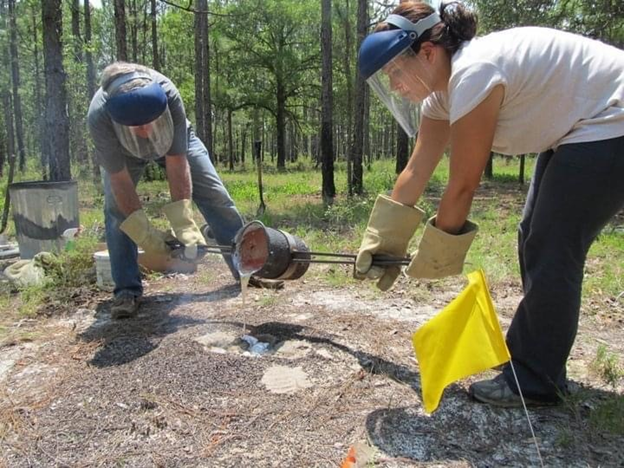
MNB: Your new book “The Guest of Ants: How Myrmecophiles Interact with Their Hosts” recently came out. How long has this book been in the works? Can you tell us a bit about the inspirations behind this book both personally and as a partnership with your co-author?
CK: Bert Hölldobler has worked on myrmecophiles throughout his career, and his colleagues have been encouraging him to write a book about myrmecophiles for a long time. Of course, it was a dream come true when he invited me to join him on this project. At that time, I was in my last semester as his postdoc at ASU. We had already co-authored several papers on myrmecophilous beetles and spiders together and were working on a still-ongoing study of the desert ant cricket, Myrmecophilus manni. We set out to create a book about the wonderful diversity of behavioral mechanisms that myrmecophiles use to infiltrate ant societies, with a focus on experimental studies. Early on, we also started contacting photographers and gathering photographs to illustrate the book. I think the aesthetics of the book were very important to both of us.
Personally, I became interested in the natural history of myrmecophiles as a graduate student in Florida while excavating Pogonomyrmex badius and Camponotus socius nests. Digging up an ant nest is like unwrapping a present. Most myrmecologists understand the satisfaction of uncovering a nest chamber full of ants and brood. When you reveal a chamber and find a strange organism of another kind, it’s even more thrilling. Part of the thrill is that myrmecophiles are rare relative to ants, the other part is that they are imbedded with the ants and moving among them…which is enviable. While working with Pogonomyrmex badius, I found a new species of mermithid worm, a new species of Hymenorus beetle, a spider species that mimics the ants on the surface, as well as other guests. I was fascinated by the idea that the ant colony itself was an ecosystem, with all these niches that were being exploited by secret creatures that lived nowhere else in the same forest. It was like its own microcosm. To me that is exciting.
MNB: What were some of the biggest challenges you had to overcome while working on this project?
CK: We agreed to start writing this book in the fall of 2019 and started working on it more seriously in the spring of 2020. Meanwhile, it was my first semester as a new Assistant Professor at the University of Massachusetts, and another major event was also unfolding: the global pandemic. I am a slow writer, and in some ways the pandemic forced me to stay connected to my computer. In fact, all of the communication about book and sharing of drafts was done over email while Bert was in Germany, and I was in the USA. What we didn’t expect was that there would be a worldwide shortage of paper and ink when we finished writing. The book’s release date was slightly delayed by global supply chain issues that affected printing around the world. Some minor challenges also came from getting copies of older literature and organizing the enormous reference section. Locating copies of older literature was a lot of fun though. For example, I found a paper from the early 1800s that misclassified a species of ant cricket as a bivalve, called a fingernail clam!
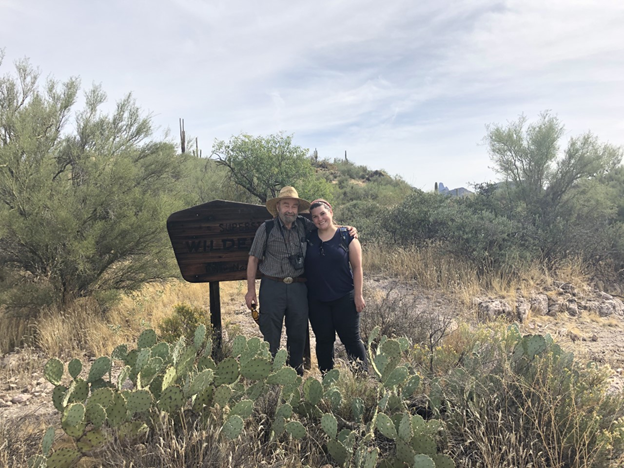
MNB: What was your favorite myrmecophile-ant interaction you came across while researching for this book?
CK: There are so many that it’s hard to choose, but if I had to choose some that I would like to see in person…. I would choose a genus of spiders called Attacobius. These are ant-riding spiders; that climb on and ride leafcutter ant alates during mating flights. There is also a predatory butterfly caterpillar: Liphyra brassolis, which we talk about in the book and is represented by Taku Shimada in some beautiful photographs. It has a protective morphology, and its appearance has been compared to a loaf of bread, a creeping sole, and a well-baked apple pie. Ultimately, each one of these myrmecophile’s stories is amazing. There are too many to pick from!
MNB: In another life, if you could be an ant (or myrmecophile), what species would you choose?
CK: Oh boy. Maybe I’d like to be a species of Claviger beetle, so I could be passively carried around and groomed by ant hosts. It would be fun to a tour of the nest that way. If I had to be an ant, I think I’d want to be an ant like Leptomyrmex, really spidery with long legs. It’s a tough call though. Life as a rectangular Camponotus mirabilis queen could also be a good time.
Quick questions
MNB: What is the book on your bedside table?
CK: The American Horseshoe Crab by Shuster, Brockman, and Barlow.
MNB: Do you enjoy the evening or the morning?
CK: My favorite hours are between 3 and 6 am. So I don’t know, that straddles morning and night!
MNB: Tea or coffee?
CK: Both, but iced.
MNB: Cooking yourself or going out having dinner?
CK: After several years of eating my own cooking, I’d like to go out for dinner.
MNB: Aspirator or forceps?
CK: Aspirator! Those ant crickets are squishy.
MNB: Field work or lab?
CK: Field work!
MNB: Paper printed out or reading on the laptop?
CK: I like printing things out, old school.
MNB: Journals financed by the author (open access) or by the reader (subscription based). What do you prefer?
CK: Well, both present barriers for people in two different ways. Tough question!
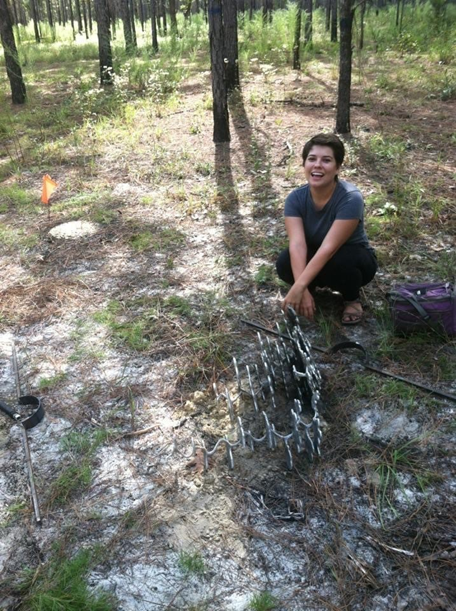


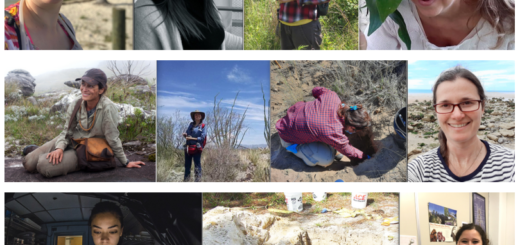
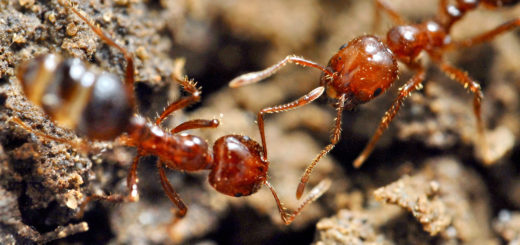
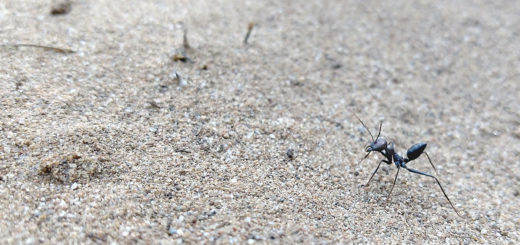
Recent Comments